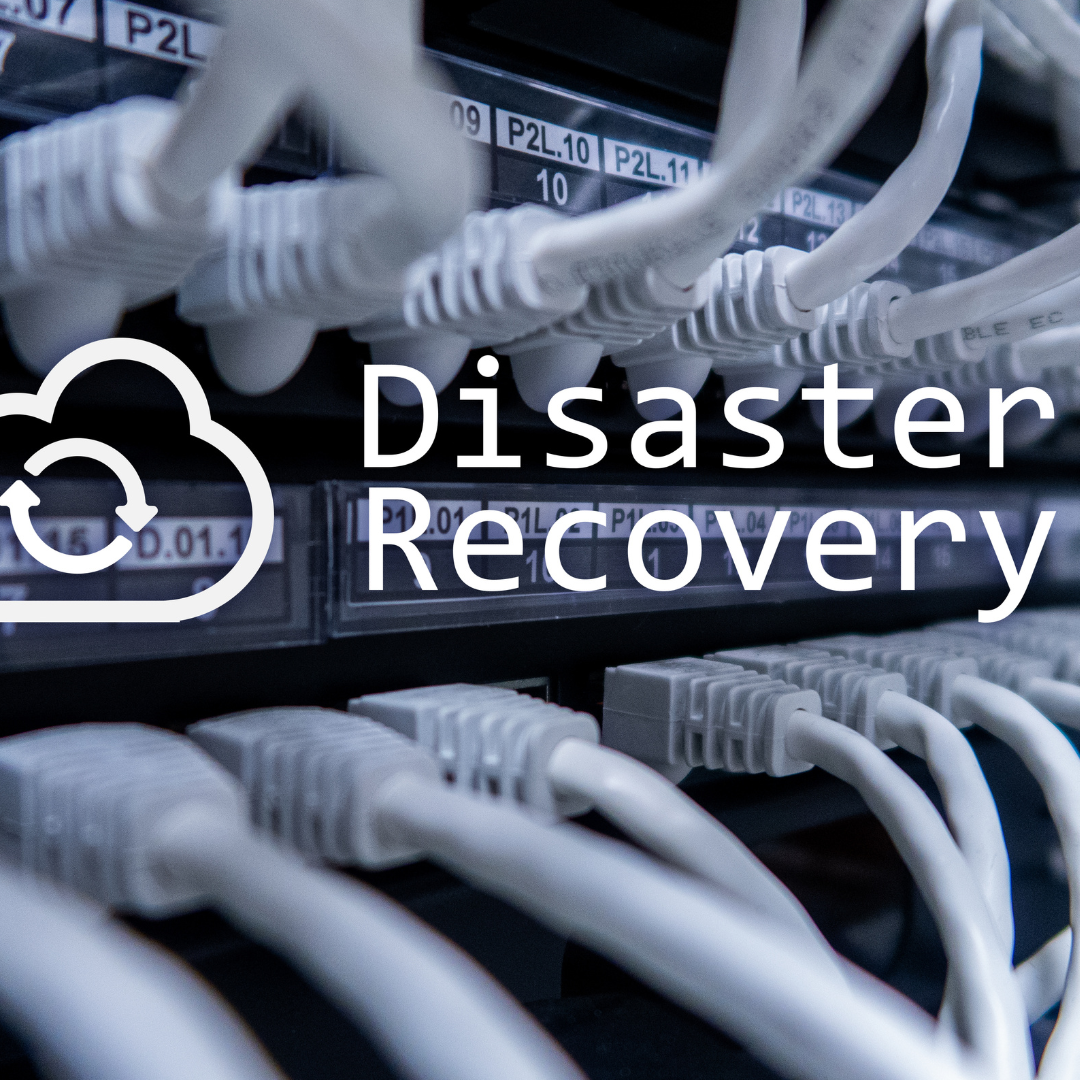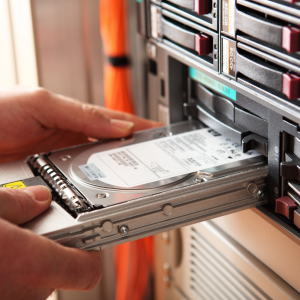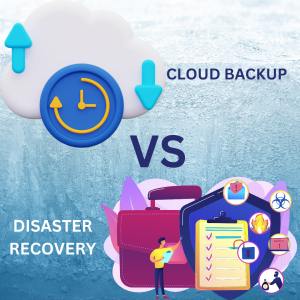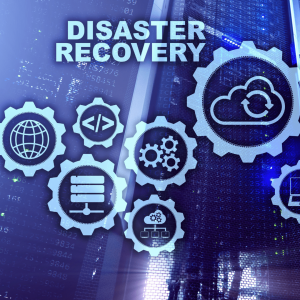Businesses must be prepared to face a variety of disruptions, including natural disasters, cyberattacks, hardware failures, and human errors. Disaster Recovery as a Service (DRaaS) offers a scalable, cost-effective solution to keep businesses operational during unexpected events. Here are seven benefits of DRaaS and how it can help modern enterprises maintain continuity and resilience.
Related: 9 Signs Your Business Needs a Disaster Recovery Plan
1. Minimizes Downtime
One of the most significant benefits of DRaaS is the ability to minimize downtime during a disaster. Downtime can cost businesses hundreds of thousands of dollars, especially for those dependent on digital infrastructure. DRaaS ensures critical systems are restored quickly, enabling companies to resume operations with minimal disruption. With predefined recovery time objectives (RTOs) and recovery point objectives (RPOs), DRaaS providers can guarantee swift recovery.
2. Cost Efficiency
Traditionally, disaster recovery required businesses to invest in physical data centers and redundant infrastructure, which could be expensive. DRaaS eliminates this need by offering a cloud-based recovery solution that’s both scalable and affordable. Instead of maintaining duplicate systems, businesses pay for the DRaaS service as needed, which significantly reduces capital expenditures.
3. Enhanced Security and Compliance
Data security is critical in any disaster recovery strategy. DRaaS providers often offer advanced security features, including encryption, multi-factor authentication, and regular security updates to protect data from cyber threats during recovery. Additionally, DRaaS helps businesses meet regulatory requirements for data protection, ensuring compliance with industry standards like GDPR, HIPAA, and ISO, even during a disaster.
4. Scalability
As businesses grow and their data needs expand, DRaaS can quickly scale to meet those demands. Whether an organization needs to protect more data, add users, or support additional applications, DRaaS offers the flexibility to scale up (or down) without significant hardware investments. This makes it an ideal solution for businesses of all sizes.
5. Faster Recovery with Automation
Automation is critical to DRaaS, allowing businesses to recover data, applications, and systems without manual intervention. This automation enables faster failover and recovery, reducing the time it takes to get systems back online. By automating backups and recovery processes, DRaaS ensures that businesses can meet stringent RTOs and RPOs without needing dedicated staff to monitor or manage recovery.
6. Geographic Redundancy
Disasters often affect specific geographic areas, but with DRaaS, data can be backed up and stored in multiple off-site locations. This geographic redundancy ensures that if one location is compromised, data can still be recovered from another, minimizing the risk of data loss. Cloud-based DRaaS providers typically have data centers across various regions, allowing businesses to choose their preferred recovery locations based on risk assessments.
7. Simplified Management and Testing
Managing disaster recovery can be complex and resource-intensive, but DRaaS simplifies this process by centralizing management through a cloud-based platform. Businesses can easily monitor their disaster recovery status, perform tests, and manage recovery configurations. Regular testing of disaster recovery plans is crucial to ensure they work in real scenarios, and DRaaS allows for non-disruptive testing without affecting normal business operations.
Read Also: Cloud Backup vs. Disaster Recovery Data Protection Strategies
Conclusion
In an age where disruptions are inevitable, Disaster Recovery as a Service (DRaaS) provides modern businesses with a powerful, cost-effective solution to ensure business continuity. From minimizing downtime to enhancing security and scalability, DRaaS offers a range of benefits that enable companies to remain operational during a disaster. By embracing DRaaS, organizations can future-proof their operations, safeguard data, and recover swiftly from disruption.
If your business is not yet leveraging DRaaS, it might be time to explore how it can protect your operations from the unexpected. Stay proactive and ensure your disaster recovery plan can handle any crisis.





Pingback: 5 Ways to Optimize Your Email Security with Cloud Solutions » The MailSafi Blog